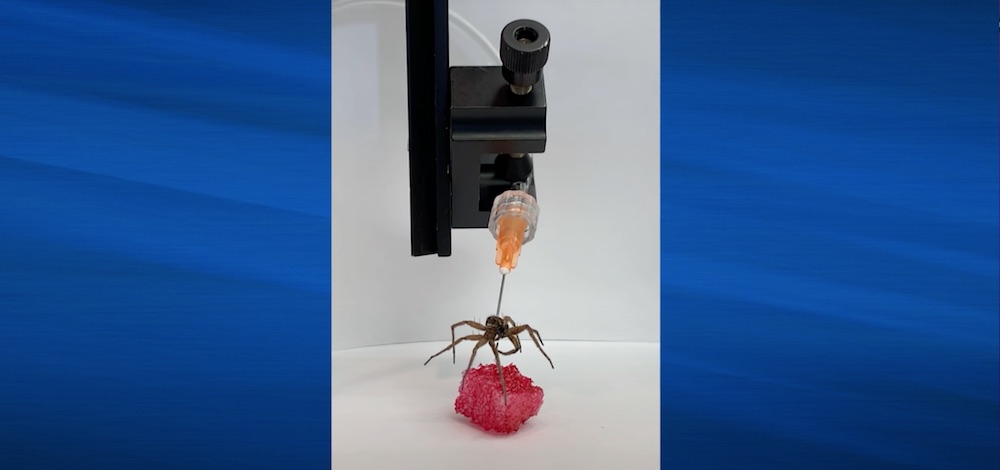|
Listen to this article  |

I am a robotics booster. I believe that smart robots will have a positive impact, helping us deal with some of the challenges that humanity will continue to face over the next several decades – from climate change to food production, from shelter to entertainment.
Basically, I’m optimistic about the role robots can have in our lives.
However, every now and then I run into specific areas that give me pause, and the emerging field (?) of necrobotics is one of them. In case you’re wondering, necrobotics means turning dead tissue into (parts of) a robot.
Anyone who has read fantasy books will likely recognize the term necromancer; for everyone else, it means a person who uses witchcraft to reanimate dead people or to tell the future by communicating with them. Now this concept is crossing over into the real world, except using science and engineering as a modern form of
witchcraft.
First, some context. Researchers at Rice University have found a way to turn dead spiders into robotic grippers. Assistant Professor Daniel Preston and his research group tapped into the hydraulic infrastructure of dead spiders using a needle to control the extension and contraction of the dead spider’s legs.
To be fair, this is not completely new. Humans have been using animals for their own purposes for thousands of years, whether it’s horses for transport, oxen to plow fields, chicken for eggs or cattle for … well, you know. Some of those animals are controlled through mechanical devices (bridles, yokes). Granted, they’re usually alive.
So what makes this different? Is it just that we consider it yucky? What makes it more disturbing: that it’s a spider (many people have various degrees of arachnophobia) or that it’s dead (death makes many people uncomfortable)?
For me, it’s neither of those. The part I find concerning is where this concept of attaching an external actuator to muscle tissue might lead. The researchers at Rice hint at some problems that result from the fact that they’re working with dead tissue: its performance decreases (“shows wear and tear”) after 1,000 cycles due to dehydration of the joints.
The fact that the spiders are dead in the current experiment may actually be a form of kindness. From a pure research/engineering perspective, the solution to the dehydration problem might be to keep the spider alive while taking over the hydraulic portion of its body. Then, why stop at spiders? Would installing a nervous system shunt in mammals be the next step?
This dystopian practice of turning living/half dead beings into zombie meat puppets might be called zombiotics.
If this sounds a bit too sci-fi, consider that companies like Neuralink are working on brain computing (they are waiting to receive approval from the Federal Drug Administration to implant its technology in humans), and Synchron has already implanted its first device into the brain of a human patient. Cochlear implants have helped countless people with severe hearing loss, bypassing damaged portions of the ear to deliver signals to the auditory nerve.
Back to robotics, this is where ethics and technology must meet. Just because it can be done, it doesn’t mean we should. We should not demonize the researchers who did this work, but use it as an opportunity to think about where we go from here.
Robotics can do a lot of good, but like any technology it can also be used to cause harm. It’s up to all of us to steer it in the right direction.
Editor’s Note: This article was first published in the “Welcome to the Roboverse” newsletter from Florian Pestoni. It was reprinted with permission. Subscribe to that newsletter here. The views expressed in this article are Pestoni’s own.

About the Author
Florian Pestoni is co-founder and CEO of InOrbit, a Mountain View, Calif.-based company that develops products to help companies operating growing robot fleets to improve efficiency, perform critical monitoring and control tasks remotely. Pestoni is also founder of the Robot Operations Group, a community of dedicated robotics practitioners working on creating best practices for robot operations at scale.
Credit: Source link


Comments are closed.